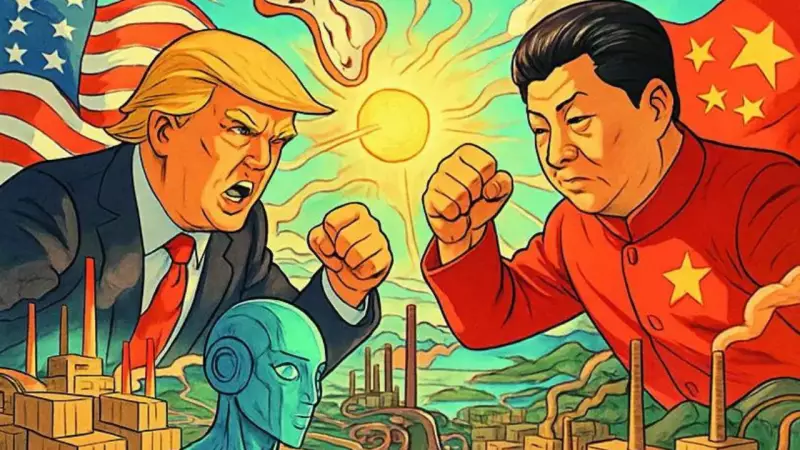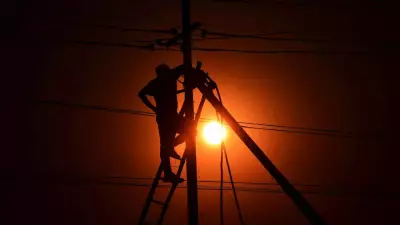
In a dramatic shift that could reshape global trade dynamics, China has decided to temporarily suspend its restrictive policies on rare earth element exports to the United States. This strategic pause, set for one year, comes as a direct outcome of the recent high-stakes discussions between Chinese President Xi Jinping and former US President Donald Trump.
Diplomatic Breakthrough Bears Fruit
The decision marks one of the most significant de-escalation moves in the ongoing trade and technology confrontation between the world's two largest economies. Rare earth elements, comprising 17 metallic substances crucial for manufacturing everything from smartphones and electric vehicles to advanced military equipment, have been at the center of the technological cold war.
What This Means for Global Tech Industry
China's dominance in rare earth production, controlling approximately 80% of global supply, had given Beijing substantial leverage in the trade negotiations. The temporary lifting of export restrictions provides immediate relief to American technology companies and manufacturers who depend heavily on these critical materials.
The timing of this announcement suggests both nations are making genuine efforts to rebuild trust and normalize trade relations after years of escalating tariffs and export controls that had threatened to fragment global supply chains.
Broader Implications for Bilateral Relations
Industry analysts view this development as more than just a trade concession. The rare earth export pause serves as a confidence-building measure that could pave the way for broader agreements on tariffs, technology transfer policies, and intellectual property protections.
This temporary truce in the rare earth war indicates that both economic superpowers recognize the mutual benefits of cooperation over confrontation, especially as global economic recovery remains fragile.
Market Reactions and Future Prospects
While the one-year moratorium provides temporary stability, long-term solutions will require more comprehensive agreements. The technology and manufacturing sectors on both sides of the Pacific are watching closely to see if this initial thaw leads to more permanent resolutions of the complex trade and technology issues that have defined US-China relations in recent years.





